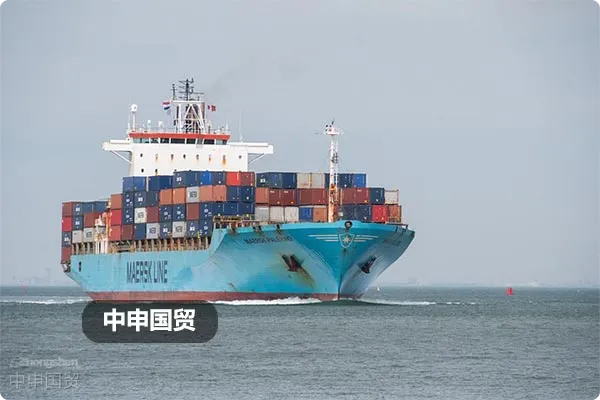- Shanghai Zhongshen International Trade Co., Ltd. - Two decades of trade agency expertise.
- Service Hotline: 139 1787 2118

Contents
ToggleI. Dissecting the "Iceberg Structure" of a 200 Million Equipment Agency Fee
In 2025, when a certain automobile manufacturer imported precision molding equipment from Germany, the surface agency fee accounted for only 0.8% of the cargo value, but an additional 12% fee was incurred during customs clearance. This reveals the typical layered structure of agency fees for imported equipment:
- Explicit cost layer (approximately 0.5-1.2%)
- Basic Agency Service Fee
- Basic fees for customs declaration and inspection
- Hidden risk layer (can be as high as 15%)
- Tariff discrepancies caused by HS code misclassification
- Demurrage charges due to improper logistics planning
- Remediation costs caused by missing technical documents
2025Import RepresentationThe Three Major Cost Traps
Our analysis of over 200 import cases from the past three years reveals that companies often handle the process independently.Equipment ImportsThere are significant risk points at the moment:
- Logistics time efficiency loss:The average port delay of 7.3 days incurs costs ≈ 0.4% of the cargo value.
- Documentary compliance costs:The cost of translating and certifying the technical specifications exceeds the budget by 2-5 times.
- Exchange rate fluctuation loss:The exchange loss caused by the extended payment cycle is approximately 0.8-1.5%.
III. Value Quantification Model for Professional Agency Services
Taking a certainNew energyThe enterprise: 230 millionphotovoltaicTaking the import of equipment as an example, the cost optimization brought by professional services:
- Tariff Reduction:Resolve disputes through categorization to save 6.2%.
- Logistics Optimization:The multimodal transport solution reduces transportation costs by 18%.
- Capital efficiency:L/COptimize terms to shorten the payment period by 45 days
Comprehensive calculations show that paying a 1.2% agency fee actually leads to a 9.7% reduction in total costs, equivalent to direct savings of 17.8 million yuan.
IV. Selection Criteria for Agency Services in 2025
When evaluating proxy service providers, the focus should be on examining:
- Customs compliance capability:
- Customs AEO certification level
- Case Database for Classification Dispute Resolution
- Technical Processing System:
- Electromechanical Certificate/3CProcessing time for certification
- Special Equipment Inspection Plan
- Risk hedging mechanism:
- Exchange Rate Lock Solution
- Transport insurance package
5. Value Breakdown of End-to-End Services
The cost structure of premium proxy services should be reflected in:
- Pre-risk prevention:Contract terms review, technical document pre-review
- Mid-term process control:Real-time logistics tracking, exception response mechanism
- Post-cost recovery:Refund of Overpaid Tariffs, Warranty Period Rights Protection
A certainMedical EquipmentThe import case demonstrates that the recovered tariff differential from post-service equates to 3.2 times the initial agency fee, fully validating the long-term value of professional services.
Related Recommendations
? 2025. All Rights Reserved. Shanghai ICP No. 2023007705-2  PSB Record: Shanghai No.31011502009912
PSB Record: Shanghai No.31011502009912










